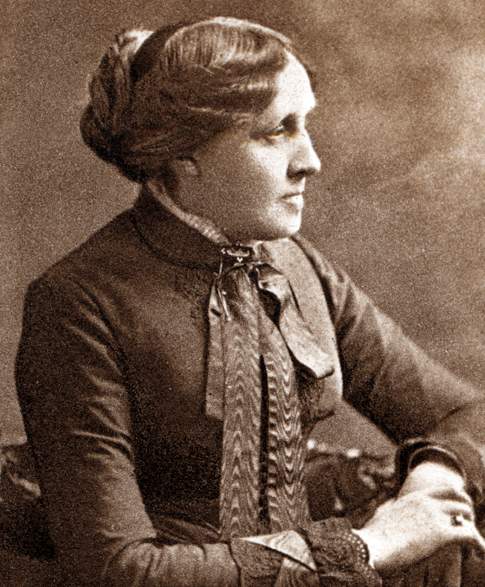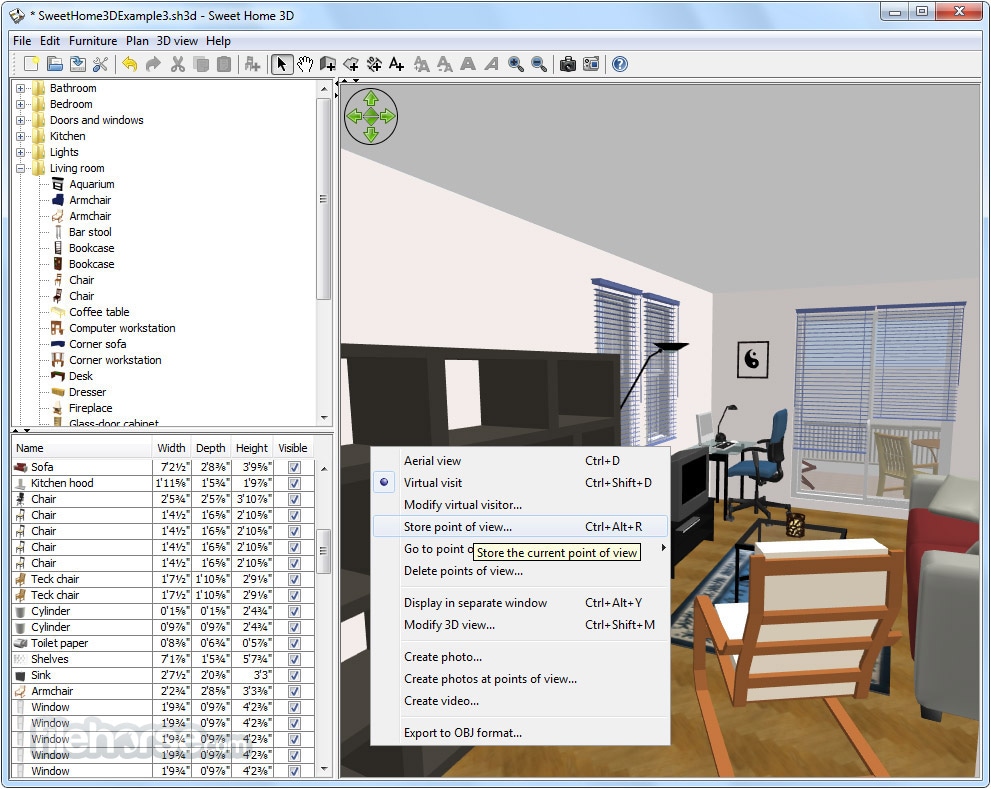Table Of Content
- She witnessed the horrors of the Civil War firsthand.
- Visit the house where Louisa May Alcott wrote 'Little Women' 150 years ago
- About Orchard House
- ORCHARD HOUSE: HOME OF LITTLE WOMEN DOCUMENTARY
- Alcott was the first woman registered to vote in Concord, MA.
- Louisa May Alcott's Orchard House
- Can straight married men and women be friends? I went on a quest to find out

The Alcotts were a famous yet flawed family who firmly believed in the power of unconditional love, personal agency, and social justice. Discover the many ways in which they impacted literature, education, philosophy, art, reforms of all kinds -- and each other. Orchard House itself is accessible by wheelchair or walker on the first floor only.
She witnessed the horrors of the Civil War firsthand.
The famous half-moon-shaped desk, where Alcott wrote Little Women in 1868, was built by her father. Anna (Meg) had been widowed, and in 1877 Louisa bought her Henry David Thoreau’s house. In November of that year Marmee died, so Louisa and Bronson moved in with Anna. Bronson Alcott, Louisa’s idealistic but improvident father, bought the land partly because it had 40 apple trees on it.
Visit the house where Louisa May Alcott wrote 'Little Women' 150 years ago
Gerwig highlights the act of writing, building off how taxing it was for Alcott herself, who was also a runner, a hobby almost unheard of at the time. I wanted to treat the writing like you would a fight or a sex scene,” Gerwig explained. As a filmmaker she brings in telling details from the Alcott biography like the fact that Alcott taught herself to write with either hand so that when her right hand started to cramp she could muscle through without a break. She did this so that she could produce copy with astonishing speed. With the Alcott family’s survival hanging in the balance, Louisa’s writing was a matter of some urgency. In the movie, Jo works by candlelight, pages carpeting the entire floor, Marmee silently leaving her meals outside her door.
About Orchard House
Uncovers a fascinating piece of living history — a pilgrimage site for scholars and fans alike. This enduring and lively house museum speaks to the power of place in a way few American homes ever have ... Not only does this 27-minute documentary explore the home and the quintessential American family who lived there, but viewers will also discover a saga of historic preservation and ongoing cultural work that is daunting, poignant, and triumphant. There has been considerable attention to the way Gerwig alters the story’s time-line, cross-cutting scenes from early and late in the book. Critics have described Gerwig’s work, variously, as a snow globe vigorously re-shaken and as a chef chopping up her ingredients for a new meal, but less attention has been paid to how the main action is bookended by episodes from Louisa May Alcott’s real life as a writer.
Walking Through the House Where Louisa May Alcott Wrote Little Women - Literary Hub
Walking Through the House Where Louisa May Alcott Wrote Little Women.
Posted: Mon, 02 Dec 2019 08:00:00 GMT [source]
Though she did not move into Orchard House until she was in her 20s, Alcott spent a great deal of time in her bedchamber, particularly after she returned to Concord in 1862, seriously ill after serving as a nurse in the Civil War. In 1857, Amos Bronson Alcott purchased 12 acres of land with a manor house that had been on the property since the 1660s for $945. He then moved a small tenant farmhouse and joined it to the rear of the larger house, making many improvements over the course of the next year, as he detailed in his journals. The grounds also contained an orchard of 40 apple trees which greatly appealed to Mr. Alcott, who considered apples the most perfect food.
Alcott wrote Little Women in a 10-week flurry, drawing from her childhood experiences. Little Women was published in 1868; the March sisters' stories concluded with Good Wives in 1869. Before writing Little Women, Alcott published racy (and lucrative) Gothic thrillers under the name A.M. In 1863, Alcott published her recollections of those six weeks in a book for children called Hospital Sketches. Alcott gained a lifelong empathy for women in the domestic sphere. Hannah, the March's servant in Little Women, is a three-dimensional figure and part of the family.
Alcott was the first woman registered to vote in Concord, MA.

After 10 years of toil at her shelf desk, Louisa struck gold with Little Women in 1868. Despite her new wealth, the Alcotts didn’t buy new furniture, and Orchard House kept its shabby chic décor. She probably called the house Apple Slump because it sagged so badly. Orchard House has continued the tradition of Mr. Alcott's Concord School of Philosophy by hosting "The Summer Conversational Series" since 1977, and has recently added a "Teacher Institute" component. The Hillside Chapel is also used for youth programs, poetry readings, historical reenactments, and other special events. Orchard House is adjacent to The Wayside on the historic "American Mile" roadway toward Lexington, and is less than a half-mile from Bush, the home of Ralph Waldo Emerson,[11] where Henry David Thoreau and the Alcotts were frequent visitors.
Louisa May Alcott's Orchard House
Today it houses their eldest daughter Anna’s wedding dress, as well as a passageway to the nursery. Anna was married in Orchard House and moved back into the home after her husband died in 1870. Alcott based the character of Jo March on herself, weaving in her own struggles and experiences as a female writer in the 19th century.
Can straight married men and women be friends? I went on a quest to find out
A bust of Mr. Alcott in the niche of this room was carved by noted American sculptor Daniel Chester French, who was one of May's early art students. In 1868, when Louisa was 35 years old, her publisher, Thomas Niles, asked her to write "a girls' story." The 492 pages of Little Women, Part I were dashed off within three months at the desk Louisa's father built for her in her Orchard House bedchamber. The novel is largely based on the coming of age stories of Louisa and her sisters, with many of the domestic experiences inspired by events that actually took place at Orchard House. Her father, Bronson, was a Transcendentalist educator and lecturer who could not make or hold onto money. Alcott worked to support her family most of her life, as a writer but also as a teacher, a seamstress, a governess, a companion and, during one particularly difficult time, a house servant. Visitors who flock to Orchard House in search of some sign of their beloved March sisters of Little Women fame won’t be disappointed.
She was 22, not 16 as Louisa wrote her into Little Women, but she did catch scarlet fever after holding a poor baby with the disease. The house is a 2-1/2 story farmhouse, probably built around 1650. The parlor still looks as it did when Anna (Meg) got married in it. Abba (Marmee) sewed the quilts in the bedrooms and served meals on the china in the dining rooms.
Born in 1832 to a principled and intellectual New England family, Alcott never let go of her childhood ambitions. In fact, her vivid imagination is what allowed her to surmount the expectations of life for a woman in the conservative Victorian era. Instead, she had a flourishing and successful career as an author–just as she had envisioned as a girl. She lived much of her adult life with a chronic debilitating illness that historians once believed was caused by mercury poisoning (mercury was used to treat typhoid) and now believe was an autoimmune disease, possibly lupus.
Many of the toys, dolls, and games in the Nursery were donated by Anna's sons and May’s daughter, Lulu, when Orchard House was preparing to open to the public as an historic site in 1911. Bronson couldn’t bear to tear down the once-grand house, which was built in the 1600s. He spent a year fixing up the house—surrounded by 12 acres of apple orchards—before moving his family into what he named Orchard House. The family received castoffs from wealthy relatives, such as rolls of wallpaper or old carpet, and over the years, Louisa continued to make improvements to the house. For fans of any adaptation of Little Women, a visit to Orchard House is almost like coming home or checking in on an old friend. The tour of the home begins at the top of the staircase in Alcott’s bedroom.
A well-preserved and fascinating example of Arts and Crafts architecture, designed by Greene and Greene, it was built in 1908 for David and Mary Gamble of the Procter & Gamble Company. In 1879, the state of Massachusetts granted women the right to vote—but with limits. They were allowed to vote in towns, only on issues regarding school committees. Continuing her mother's work as a Suffragette, Alcott was proudly the first of 20 women to vote that day in Concord.
When not writing, young Emily puts on plays, turns down a proposal from her best friend, speaks out against slavery, confronts Henry David Thoreau and openly refuses to accept that women are somehow intrinsically less than men. Published in 1868, “Little Women,” which ends with the return from the Civil War of Mr. March, sold out its 2,000-book initial run in days; when 6,000 more were printed, they sold out too. Alcott quickly wrote “Good Wives” (what is now the second part of “Little Women”) and by the end of 1869, the combined book had sold nearly 40,000 copies, a 19th century blockbuster.











